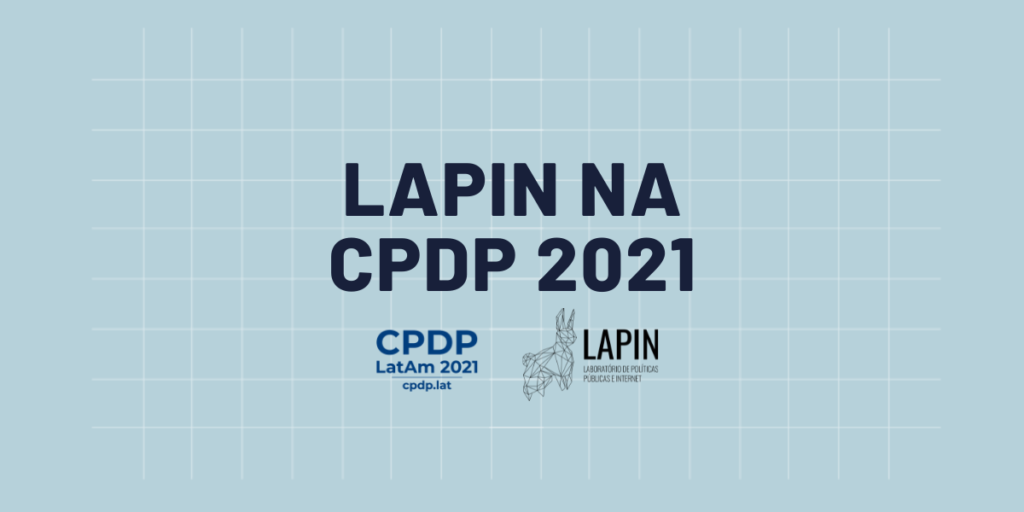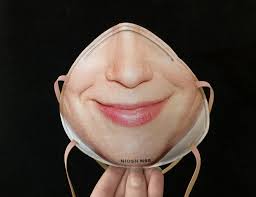surveillance
In the first years following its commercial opening in the 1990s, the Internet, once restricted to academic spaces, began to be accessed by ordinary users and individuals. These started to populate it and enjoy its applications, contributing to the emergence of cybercultures. From the mid-1990s to the early years of the new millennium, it was not uncommon to encounter users who were anonymous or who experimented with alternative identities in the virtual universe of websites, chat rooms, and forums. However, digital interfaces did not take long to increasingly embrace multiple aspects of users’ lives, creating more spaces where users could, or should, assume their “real identities,” as in the first social networks or e-commerce websites.
As companies faced difficulties in structuring digital paid services when the open Internet was still in its primitive phase, which was known for the ease of exchanging content for free, economic models based on advertising strategies emerged as solutions to allow profitability to grow in the provision of “free” digital services. The meteoric evolution of information and communication technologies occurred, among other factors, thanks to data from users of services offered “free” on the Internet. During the decade of 2010, the themes of digital privacy and protection of personal data gained worldwide attention due to remarkable episodes that made society reflect on the relevance of these themes both for the free development of human personality and for the structuring of communities in which we live.
We study its manifold implications as privacy and data protection attract ever-growing attention.
Learn more about our work on these matters:
- All
- Articles
- Blog
- Events
- Judiciary
- Opinion
- Publications

LAPIN moderates three panels in CPDP LatAm 2021; see themes

LAPIN participates in debate on surveillance in Latin America

Our session at RightsCon 2021: ‘Data protection legislations for law enforcement’

LAPIN conducts collaborative sessions at RightsCon 2021; check out the themes and subscribe

Democracy and Cyber-Freedom in Reverse?

Data portability: a necessary right for users and competitors of digital platforms

The Demise of the Former Pearl of the Orient

Report on the “Data Protection Regulations and The Fight against Covid-19” Webinar

Summary Report on the judgement of ADPF nº 403 and ADI nº 5.527: The WhatsApp Case
Sparkling Lights in the Going Dark: Legal Safeguards for Law Enforcement’s Encryption Circumvention





